By Susanne von Rosenberg, UC Master Gardener of Napa County
Citrus trees are a familiar sight in Napa County, and many of us grow them. In general, citrus is pretty easy to care for: it just needs consistent water and fertilizer and perhaps frost protection in the winter.
Citrus is also easy to prune. You only need to prune it for shape. However, if you remove the trailing skirts that some varieties develop, you will reduce snail and slug damage.
Citrus is believed to have originated in the foothills of the Himalayas. Citrus was brought to California by Spanish missionary Junipero Serra and first planted at Mission San Diego in 1769, but the first commercial grove of orange trees wasn't planted until 1841, in Los Angeles.
The first citrus trees in Northern California were planted in in 1856. One of the two original orange trees, called the “Mother Tree,” is still alive in Oroville and is the oldest citrus tree in California. It's at 400 Glen Drive, and it is a historical landmark. I'm definitely going to take a drive sometime soon to visit it.
California also has a Citrus State Historic Park. It is an open-air museum describing the citrus industry's role in the history and development of Southern California through the experiences of the migrant and immigrant groups who made it possible.
If you want to know even more about citrus, check out the UC Riverside citrus variety collection website. The Citrus Research Center and Agricultural Experiment Station that is part of UC Riverside maintains a collection of over 1,000 varieties of citrus.
Citrus botany is complicated because plants in this genus readily interbreed and produce fertile offspring. The ancestral varieties of today's common citrus are the pummelo (also spelled pomelo), mandarin and citron. All other varieties are hybrids of these three.
For example, botanists believe that a grapefruit may be a cross of a pummelo and a sweet orange, and that a sweet orange originated as a cross between a mandarin and a pummelo. More recently, plant breeders crossed grapefruits with mandarins to create tangelos.
Although we consider them citrus, kumquats are part of a related genus, Fortunella. They are in the same family as citrus, and they, too, can interbreed with citrus.
Citrus trees are also unusual in that they can produce two types of embryos in the same seed: one from sexual reproduction and one from asexual reproduction. Citrus fruits can develop seeds as long as the flowers are pollinated; the flowers do not actually have to be fertilized by the pollen. Embryos resulting from asexual reproduction are duplicates of the parent. Embryos resulting from sexual reproduction have different traits.
If you sprout a citrus seed and more than one seedling develops, one is from a sexual embryo and the others from asexual embryos. Usually the weakest one is from the sexual embryo.
If you're tempted to grow citrus from seed, remember that the fruiting part of the citrus tree (the scion) is almost always grafted onto rootstock. The rootstock provides desirable traits such as improved disease resistance, better fruit quality and cold hardiness. Also, commercially grown trees are grafted from mature wood and yield fruit in a few years. It can take 10 to 15 years before a citrus tree grown from seed is mature enough to produce fruit.
Citrus needs heat to ripen, and the lower the temperatures where it is growing, the longer it takes to ripen the fruit. It usually takes 8 to 16 months from flowering for citrus to reach eating quality. Some citrus varieties flower more than once a year.
That's why, in our relatively cool climate, our trees tend to bear lemons and limes year-round. The trees produce several rounds of flowers, and then it takes a long time for the fruit to ripen. Most other citrus trees flower only in the spring and then produce their crop sometime between the fall and the following summer.
We tend to think that citrus fruits are ripe when they color up. The color change happens because the rind is losing chlorophyll and gaining carotenoids (yellow, orange and red pigments). This transformation happens as the fruit matures, but the same process also occurs in the fall when temperatures decrease. The only way to really know if your citrus is sweet enough is to taste one.
The UC Master Gardeners of Napa County are volunteers who provide University of California research-based information on home gardening. To find out more about home gardening or upcoming programs, visit the Master Gardener website (napamg.ucanr.edu). Our office is temporarily closed but we are answering questions remotely and by email. Send your gardening questions to mastergardeners@countyofnapa.org or leave a phone message at 707-253-4143 and a Master Gardener will respond shortly.
Enjoy the nearly infinite variety of citrus from UC Riverside's comprehensive website:
Attached Images:
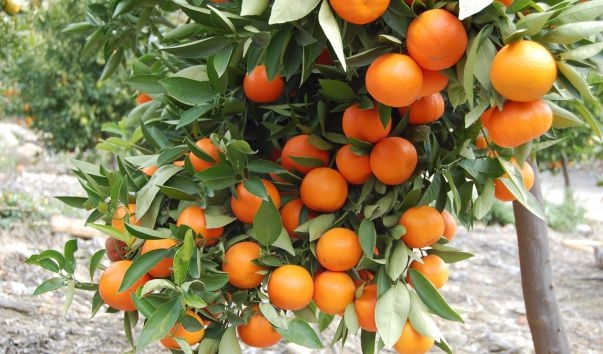
Citrus tree (UCR News, UC Riverside)
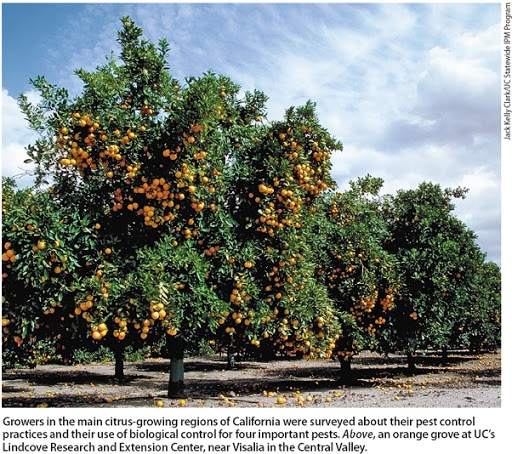
Orange grove (California Agriculture-UC ANR)
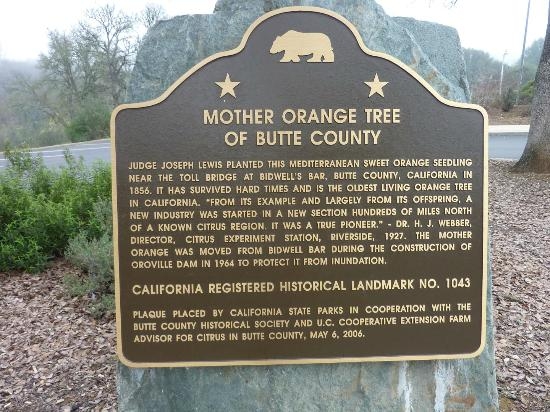
Mother orange tree, Oroville, CA (TripAdvisor)
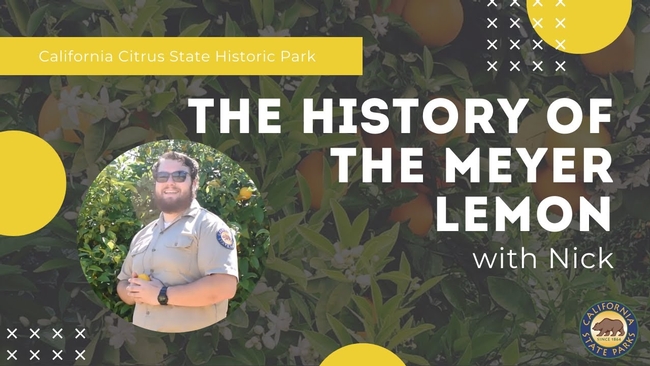
California Citrus State Historic Park, Riverside, CA (California State Parks, CA.gov)
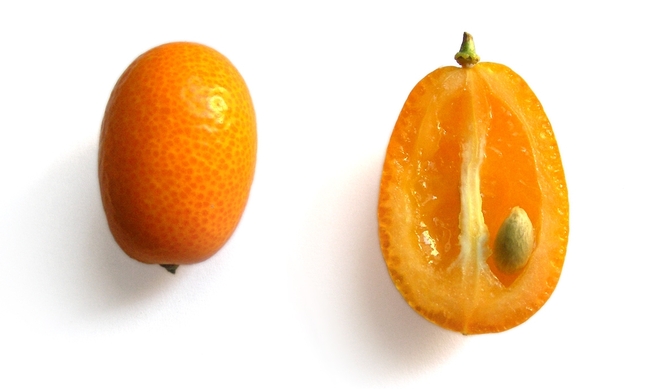
Kumquat; it is really little (UC ANR)
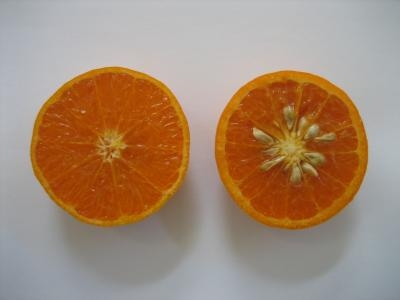
Different kinds of citrus seeds when you look carefully (Phys.org)
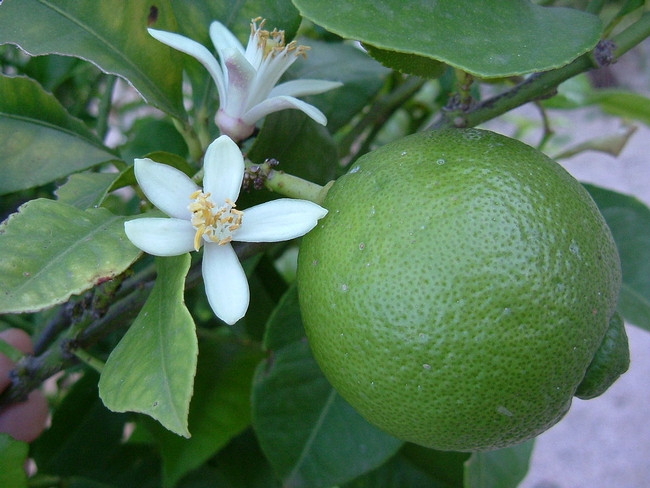
Citrus magic - fruit and blossom at the same time (Wikipedia)